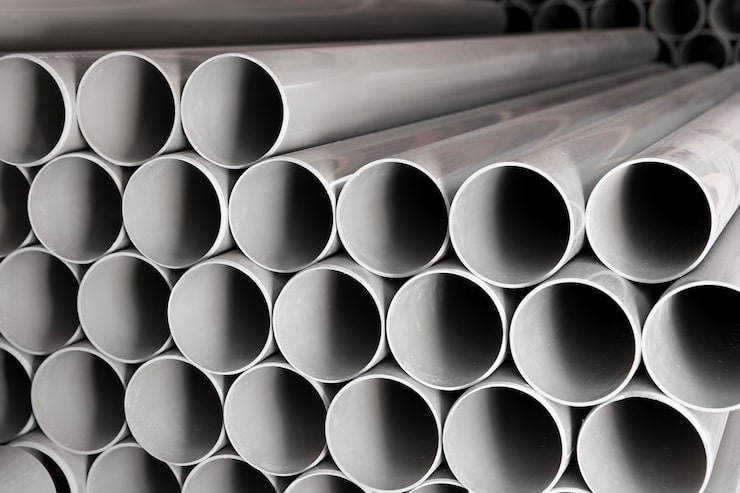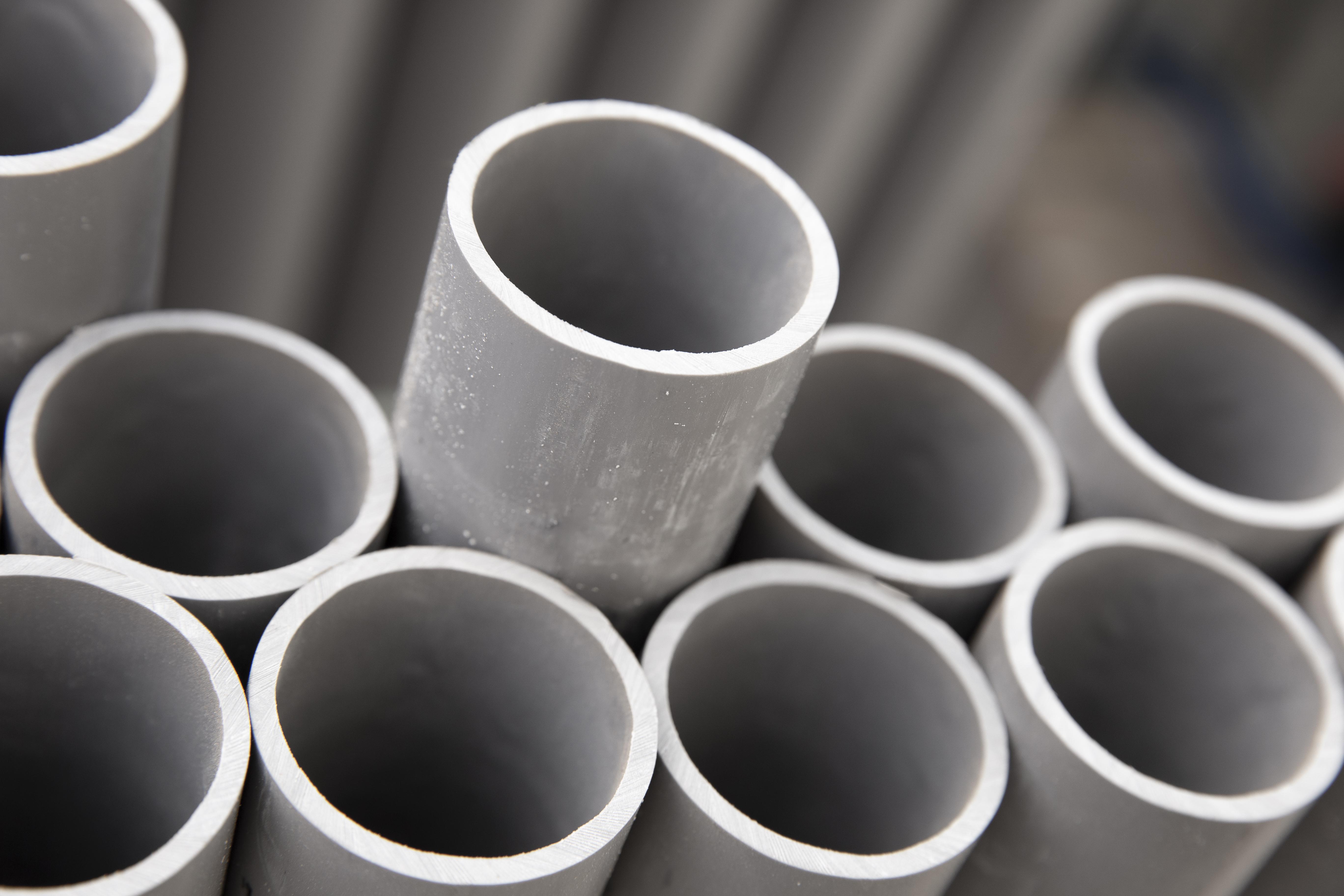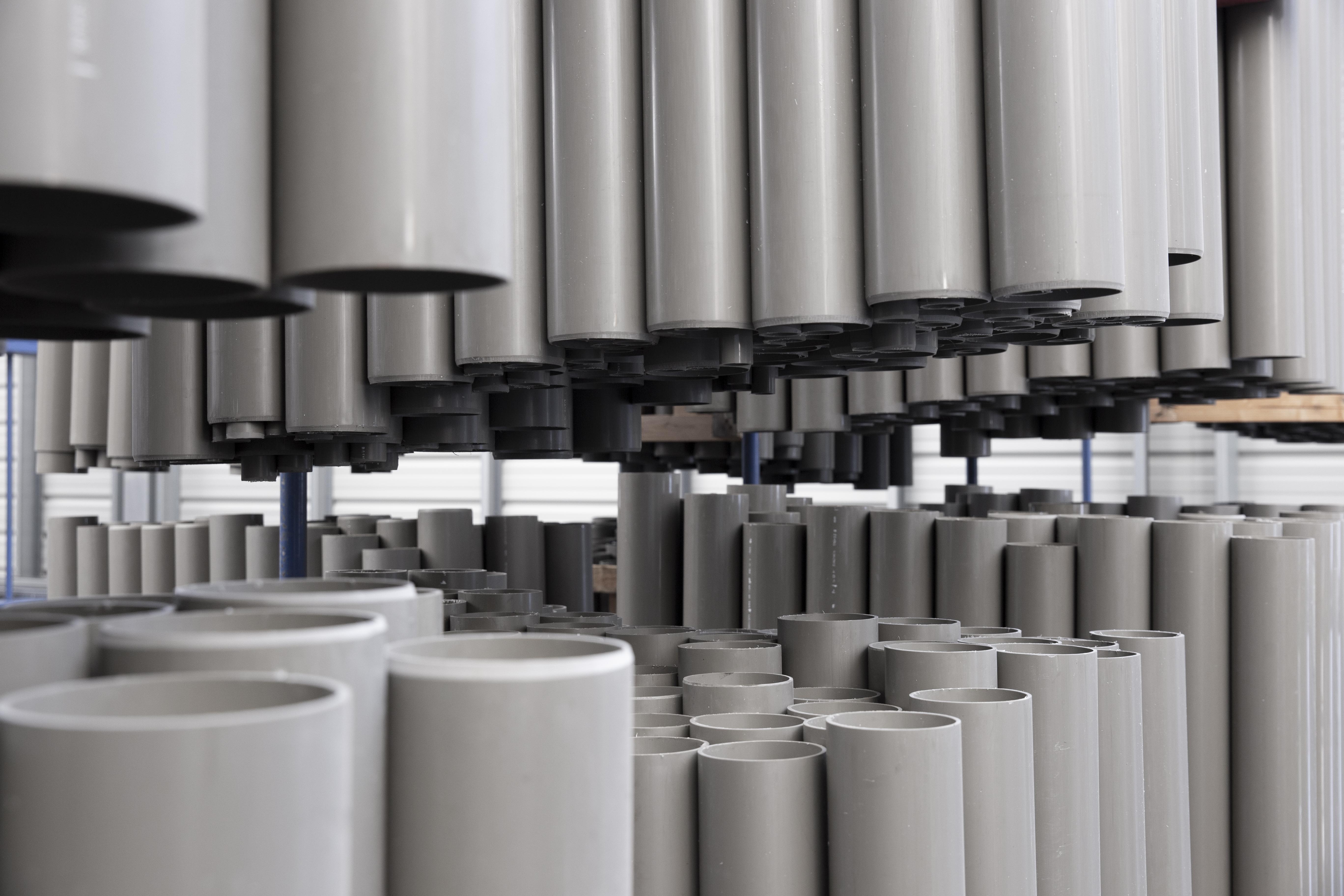When it comes to choosing the right piping material for your home or building’s plumbing system, the decision often comes down to two leading options: CPVC and PEX. Both have gained widespread popularity in residential and commercial plumbing applications, especially for hot and cold water distribution. But which one is better? The answer depends on a number of factors, including cost, ease of installation, durability, local code requirements, and your specific needs as a homeowner, contractor, or facility manager. In this article, we will examine the differences, strengths, and limitations of CPVC and PEX to help you make a well-informed choice.

Understanding the Basics
CPVC, or chlorinated polyvinyl chloride, is a rigid thermoplastic material that is resistant to heat, pressure, and chemical corrosion. It is an enhanced form of standard PVC and is widely used in systems that carry hot and cold potable water. CPVC has been in use for several decades and is trusted for its long-term performance, especially in water heating applications.
PEX, or cross-linked polyethylene, is a flexible plastic tubing material that has become increasingly popular in recent years due to its ease of installation and resilience. PEX is known for its ability to bend around corners without the need for fittings, and its resistance to freezing and cracking in cold climates adds to its appeal.
While both materials are used for similar purposes, their characteristics and performance can differ in ways that significantly affect installation outcomes and long-term reliability.

Installation and Labor Considerations
One of the biggest differences between CPVC and PEX lies in how they are installed. CPVC is a rigid pipe, requiring precise measurements, straight runs, and the use of solvent cement and primer to join fittings. While it is not overly difficult to install, it demands more time and attention to detail. In contrast, PEX is extremely flexible and can be snaked through walls, around corners, and into tight spaces with minimal fittings. PEX connections are typically made using crimp rings, expansion fittings, or push-to-connect systems, all of which are faster and often more forgiving for installers.
Because PEX requires fewer joints and can be installed more quickly, it typically results in lower labor costs. This is especially true in new construction or large-scale renovations where labor time adds up. For DIY enthusiasts, PEX may also be easier to manage without specialized skills or tools, whereas CPVC installations may benefit from professional handling to ensure secure, leak-free joints.
Durability and Longevity
Both CPVC and PEX are durable materials, but they respond differently to environmental stressors. CPVC is rigid and highly resistant to heat and chemical corrosion, making it ideal for hot water systems and chlorinated municipal water supplies. However, CPVC can become brittle over time, especially when exposed to UV light or extreme cold. Once CPVC starts to age or dry out, it becomes more prone to cracking under stress or impact.
PEX, on the other hand, is flexible and resistant to freezing and thawing cycles. Its elasticity allows it to expand slightly if water inside freezes, reducing the risk of burst pipes. PEX is also resistant to scale buildup and corrosion. However, PEX is not immune to degradation. Prolonged exposure to sunlight can cause it to deteriorate, which means it should not be used in outdoor applications unless protected.
It’s also worth noting that PEX can sometimes be affected by chemicals present in certain types of well water or aggressive municipal water sources. In such cases, proper filtration systems should be installed to preserve the longevity of the piping.

Water Quality and Safety
For homeowners concerned about water quality, both CPVC and PEX are generally considered safe for potable water systems. CPVC is chemically inert and does not promote bacterial growth. It meets rigorous safety standards and has been used for decades in domestic water systems. Its smooth interior surface resists biofilm formation and mineral deposits.
PEX is also approved for use in drinking water systems and meets NSF/ANSI standards. However, some consumers report noticing a plastic taste or odor in water from new PEX installations, particularly if the water has been sitting in the pipe for long periods. While this effect typically diminishes over time and poses no health risk, it can be a factor for sensitive users. Additionally, there is some ongoing discussion and testing around PEX’s interaction with certain chemicals, which makes water testing and compatibility checks important in some regions.
Cost Factors
Cost is a major factor in deciding between CPVC and PEX. On a per-foot basis, PEX is usually slightly less expensive than CPVC. More significantly, PEX’s flexibility reduces the need for fittings, elbows, and additional connectors, which cuts down both material and labor costs. Because it installs more quickly and with less effort, PEX often leads to a lower overall project cost.
CPVC, while affordable compared to copper or other metal piping, can be more expensive in terms of labor and fittings. If your project includes a lot of directional changes or tight spaces, the rigid nature of CPVC may make the installation more complicated and expensive.
Code and Compatibility
Another important consideration is local plumbing code compliance. Both CPVC and PEX are approved in most jurisdictions across the United States, but local building codes may still have preferences or restrictions. Some older building codes may not fully support newer PEX technology, while others may have specific requirements for fire ratings or installation techniques that could affect which material is allowed.
Additionally, CPVC and PEX require different fittings, joining methods, and transition techniques. If you're integrating with an existing system, compatibility may dictate which material is easier to work with. For example, connecting PEX to copper or galvanized steel may require special transition fittings that add to cost and complexity.
Noise, Performance, and Energy Efficiency
PEX has a slight advantage over CPVC when it comes to noise reduction. Because it is flexible, PEX absorbs the sound of water flow more effectively, reducing noise commonly referred to as “water hammer.” CPVC, being rigid, can transfer vibration and noise through walls and floors unless properly secured and padded.
In terms of energy efficiency, CPVC does not conduct heat as quickly as metal pipes, but PEX has even lower thermal conductivity. This means PEX retains heat more effectively in hot water lines and minimizes condensation in cold water lines, which can help reduce energy consumption and improve system performance in temperature-sensitive environments.
Final Thoughts
So, is it better to use CPVC or PEX? The answer depends on your specific needs, budget, and the conditions of the installation environment.
CPVC is a time-tested solution that performs exceptionally well in hot water systems and chemically aggressive environments. It offers excellent water quality, long-term reliability, and is often preferred in projects where rigidity is needed and UV exposure is minimal.
PEX, on the other hand, stands out for its ease of installation, freeze resistance, and overall versatility. It is particularly useful in retrofits, tight spaces, and areas where speed and flexibility are critical. For homeowners and builders seeking a low-cost, labor-saving, and adaptable plumbing material, PEX often proves to be the more practical choice.
Ultimately, both materials have their place in modern plumbing. Understanding the strengths and limitations of each will help you choose the one that delivers the best value and performance for your project. Whether you prioritize installation speed, durability, safety, or long-term maintenance, making an informed decision between CPVC and PEX ensures your plumbing system will meet your needs for years to come.


